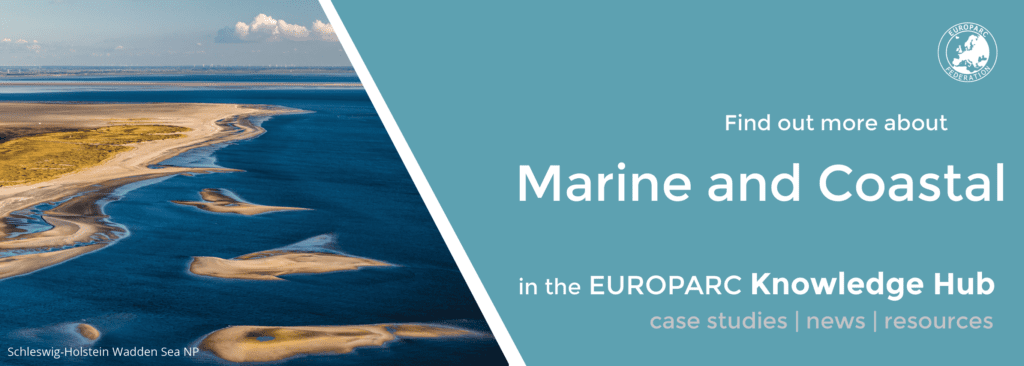Improving water quality with plant-living barriers: a case study from Lithuania
Installed Islands in Juodkrante - Photo: Live Lagoons Project
Improving water quality with plant-living barriers: The Curonian Spit National Park (Kuršių nerija Nacionalinis Parkas in Lithuanian) was established to protect one of the most unique landscapes in the coast of the Baltic Sea… This is how they have used plant-living barriers to improve water quality and decrease tourism seasonality.
Improving water quality: Sustainability and aesthetic values
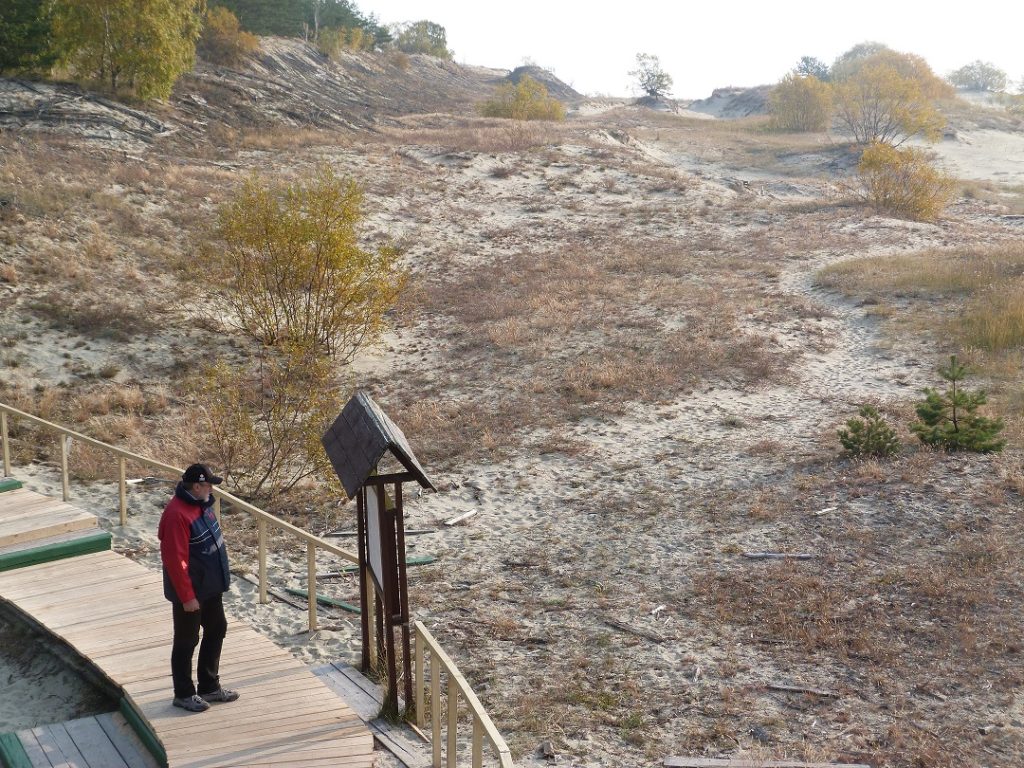
Curonian Spit National Park, Lithuania
The National Park encompasses a very special feature: a narrow strip of sand surrounded by the Baltic Sea in the west and by the Curonian Lagoon in the east. The peninsula holds drifting sand dunes, pine forests, white sand beaches and receives a high number of tourists per year… but all in a very condensed period.
Due to the overexploitation of infrastructure (wastewater treatment system, roads, ferries, etc.), combined with the natural, fragile dune environment, the water quality of the lagoon and biodiversity of the Park were strongly affected. To open a new beach on the lagoon side, which is shallower and water conditions are calmer compared to the beaches on the Baltic seaside, was a potential solution to decrease seasonality.
However, according to the EU Bathing Water Directive, the microbiological quality of the nearshore water in terms of E. coli was an impediment to open a new beach in the lagoon for bathing. A dangerous problem not only in terms of aesthetic but also because of the increased resistant to human-pathogenic organisms.
Plant-living-barriers: Green and innovative technology
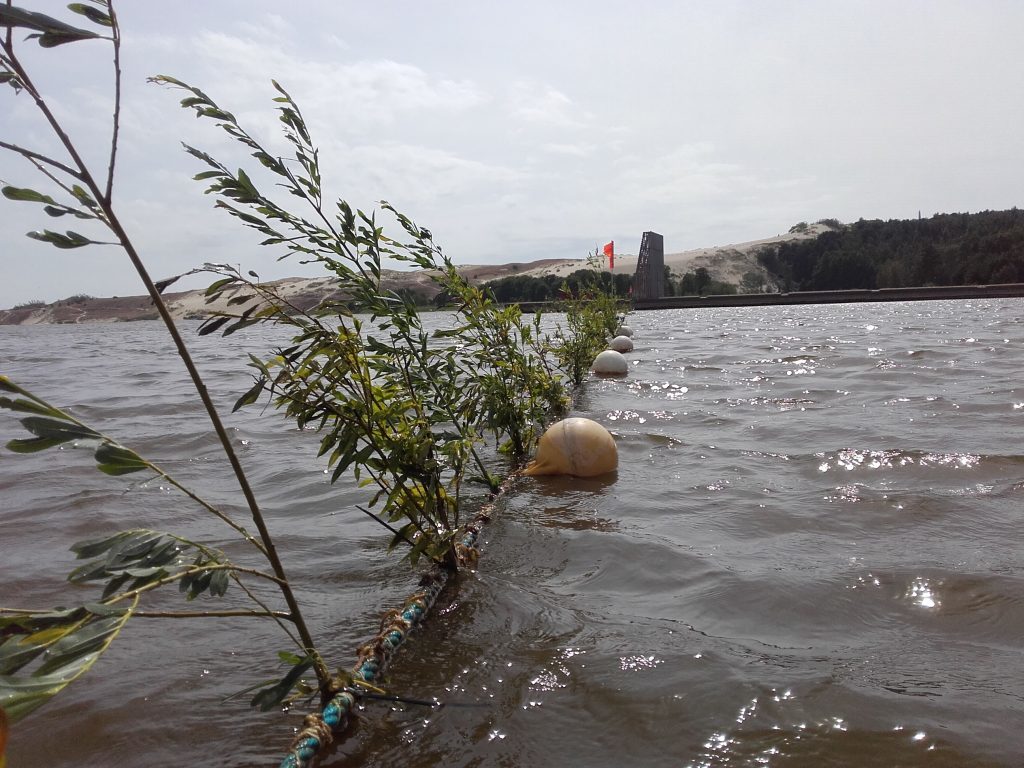
Living Barrier in Nida bathing site – Photo: LiveLagoons Project
The Curonian National Park participated with Klaipėda University and partners from Germany and Poland in the Interreg South Baltic program project “Use of active barriers for nutrient removal and local water quality improvement in the Baltic lagoons – LiveLagoons”.
They focused on so-called in-basin measures of research-based bathing water quality improvement, which is much smaller in scale than work in the whole water body, but could bring immediate result for local stakeholders. The measures covered:
- Reviewing the best available green technologies for seizing and removing nutrients from the shallow lagoons.
- Establish a network for community and stakeholder, green technology testing, retention, and nutrient removal in practice.
- Implementation (installation) of “living barriers” at selected test sites.
- Transferring knowledge and sharing good practice with and beyond other Southern Baltic lagoon communities.
They used ‘living barriers’ to semi-isolate some of the lagoon beaches on the Curonian Spit. These barriers are formed by floating matts, or rafts that actively filter the nearshore water-absorbing nutrients and facilitating degradation of E. coli.
These ‘living barriers’ are floating islands planted with native emergent macrophytes. There are several commercial applications called ‘living’ or ‘active’ barriers (e.g. life rafts, BIOHAVEN® LIVING SHORELINE) aimed at both restoration and rehabilitation of coastal habitats and local enhancement of water quality by nutrient absorption and removal.
Also, the project BaltCoast in consortium with the EU BONUs Programme managed studies (such as socio-economic data, survey collections and microbiological studies) to support the management actions and develope a Research-based Model.
Managing seasonal tourism: better quality = longer season
With the implementation of the plant-living barriers, the Park was able to:
- improve, on a small scale, the water quality on pilot installations.
- increase awareness of local stakeholders interested in water quality, tourism and innovation (SMEs) of the tested technological application.
- Increase interest from the tourists in the lagoon beaches and work towards decreasing seasonality
They aim to enhance the capacity of local communities to improve and protect their environment and to make use of sustainable tourism growth opportunities based on innovative green technologies and by identification of most promising scenarios for biodiversity conservation.
“The highlighted good practice not only adapts, implements and demonstrates the approach itself, but also enhances the capacity of local and regional decision-makers and managers to deal with forthcoming challenges for the environment related to global climate change.”
said Aristé Jurkiene, from the EUCC Baltic States Office. The EUCC is one of the key partners of the IMPACT project “Innovative Models for Protected Areas: exChange and Transfer”, funded by INTERREG Europe, who are implementing new solutions for the (sustainable) development of the region.
We welcome our new members from Spain and Romania!
Enduro Ranch Photo: Raluca Filip
Bienvenidos / Benvinguts, València City Council!
València is the third-largest metropolitan area of Spain and the busiest container port of the Mediterranean Sea. But far away from the crowd, in the south of the city, València holds and manages one of the most representative and valuable coastal wetlands of the Mediterranean basin: The Natural Park Albufera of Valencia.
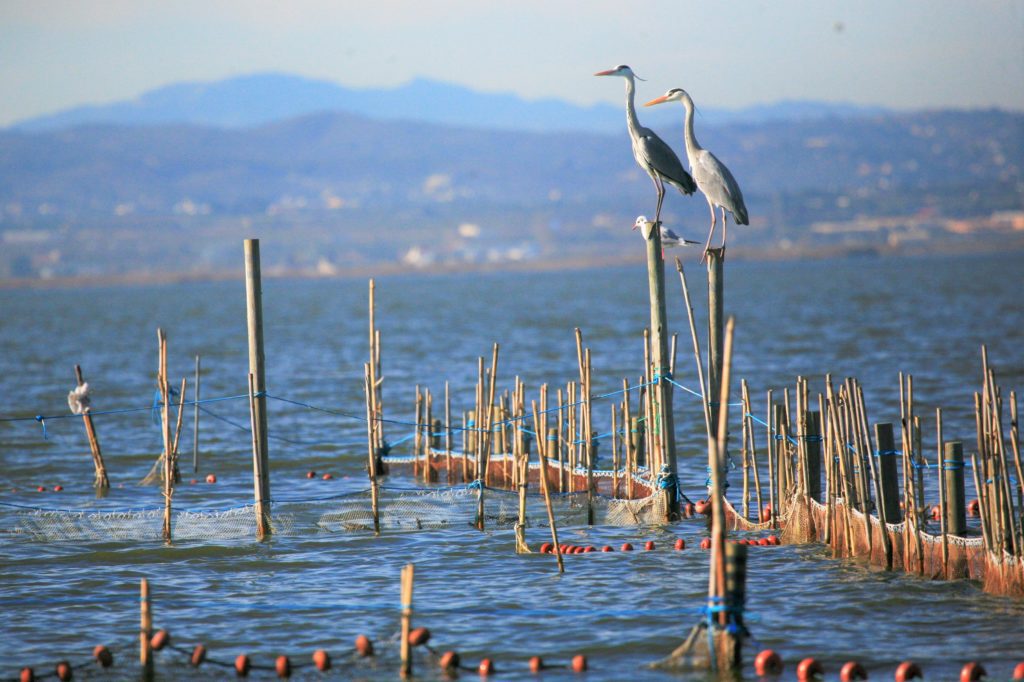
Albufera de Valencia – Photo: Valencia City Council
The diversity of the Albufera comprises beaches, dunes, forests, rice fields, lakes… Mediterranean ecosystems that concentrate surprising biodiversity. Many birds travel thousands of kilometers to breed in these lands, there are fishes that can only be found here, insects adapted to live in extreme conditions; hundred-year-old trees with lianas and shrubs that cover everything… Also, its an inherent part of the culture of the region, for instance, the Albufera is the place where the famous traditional “paella” was originated.
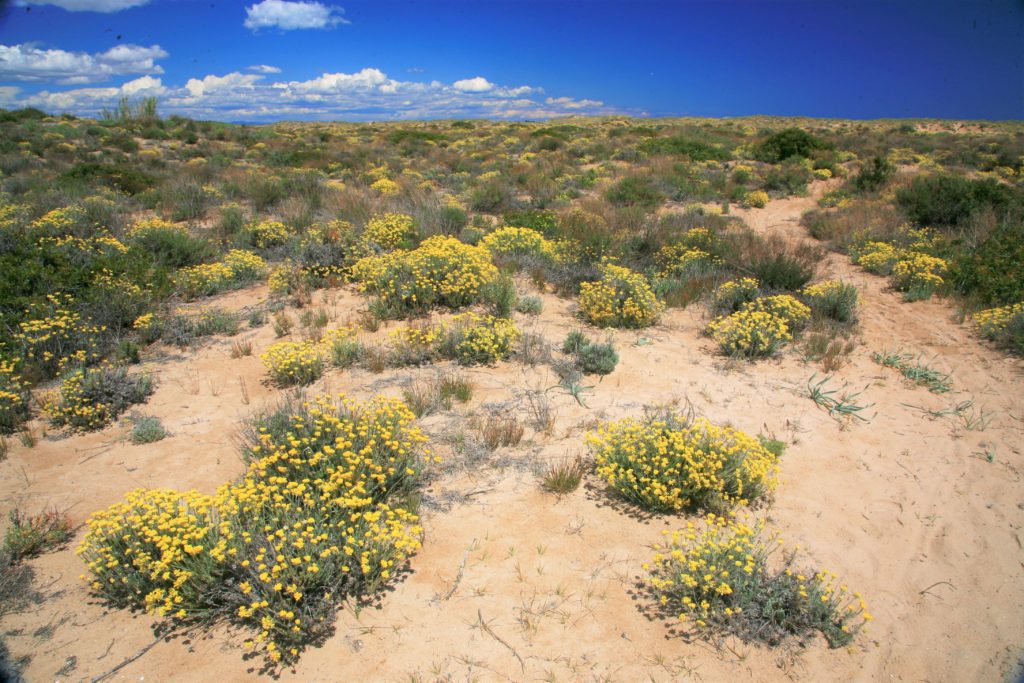
Albufera de Valencia – Photo: Valencia City Council
Bine ați venit, Enduro Ranch!
Enduro Ranch is the first and the only natural and off-road adventure park in North-Eastern Romania, in the Wild Wild East in other words.
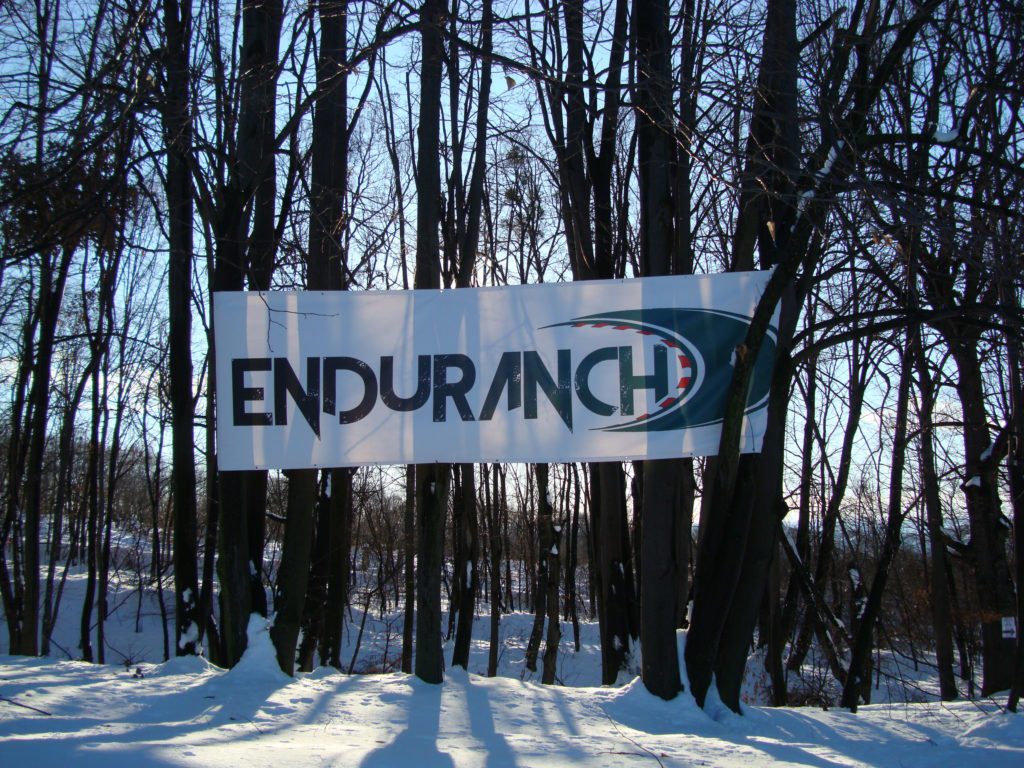
Enduro Ranch
Photo: Raluca Filip
Enduro Ranch’s unique selling points are:
- the nature as it is, as wild as possible while at use for business purpose (Car/Bike Dealer test drive location, Team-building, Corporate playground, Barbecue / Grill place, Sports competitions, Outdoor events, Camping place and so on)
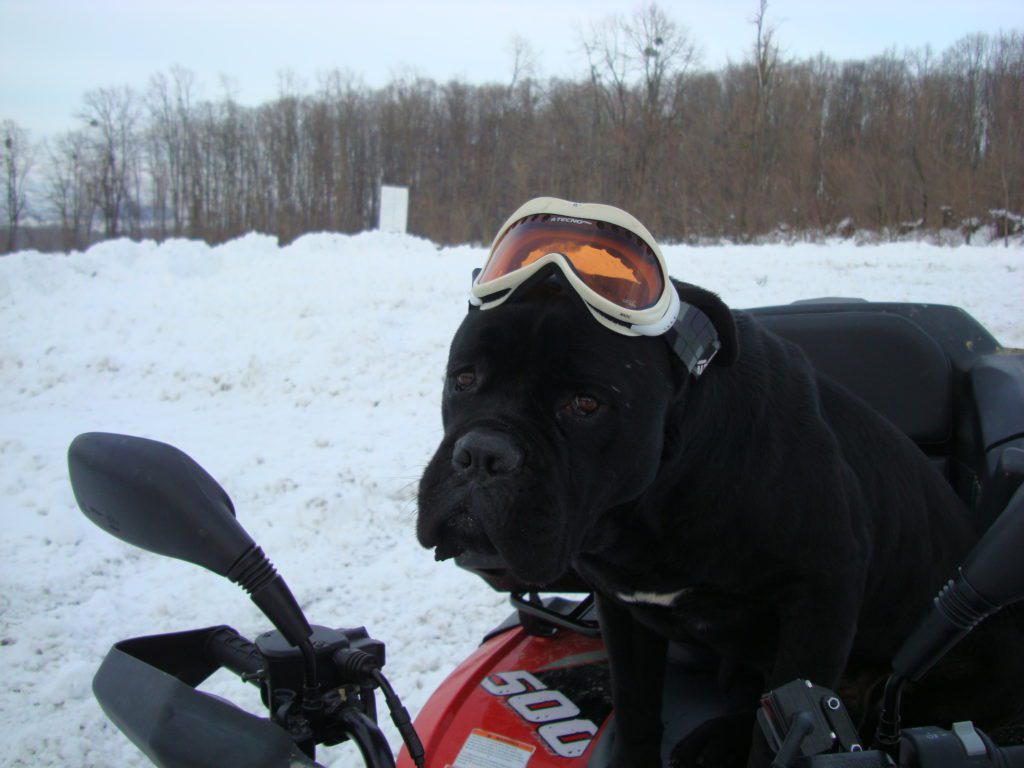
Enduro Ranch
Photo: Raluca Filip - the lack of constructions and other invasive nature interventions
- the presence of modern benefits – electric energy, WiFi, emergency intervention, closeness to the city (15km from center of Iasi city) – while maintaining the nature as rough as possible
- the experience of “back to nature” activities as genuine as possible (sports. motorsport, tourism, experiential tourism, environment protection, green energy, sustainable development, innovation and case studies development, better community involvement – local and regional, HR development, wide range of partnerships).
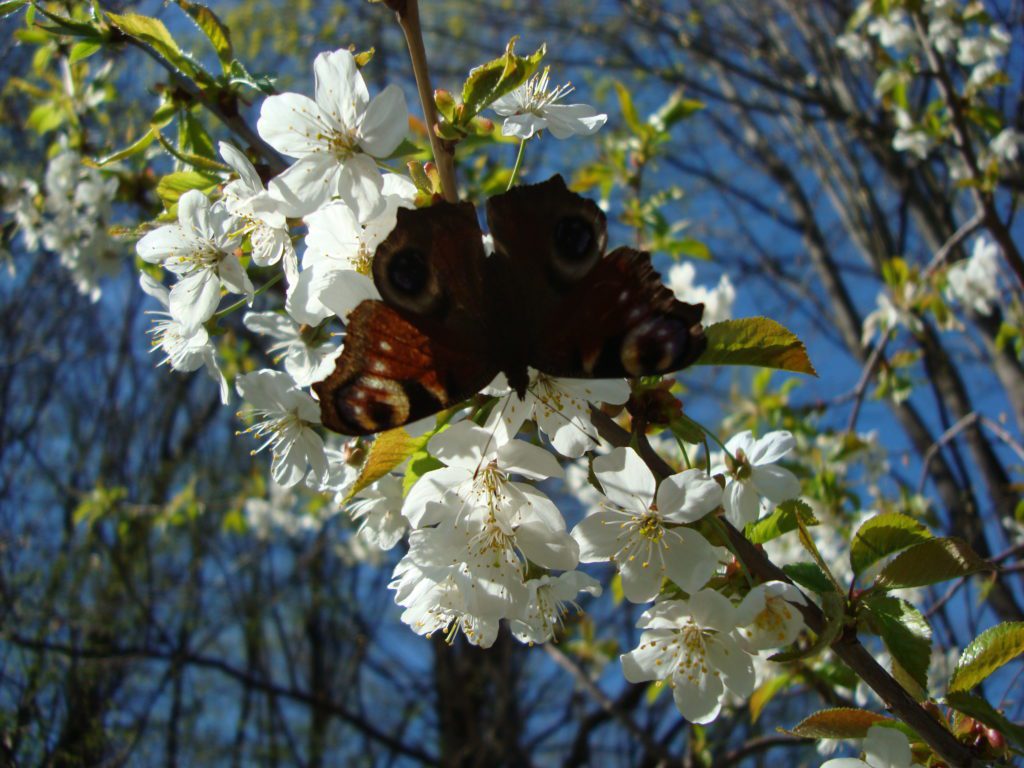
Enduro Ranch
Photo: Raluca Filip
Klaus Toepfer Fellowship Programme: Open call for Central and Eastern Europe, the Caucasus and Central Asia
Vilm Island - Picture from Pixabay
The Klaus Toepfer Fellowship Programme is implemented by the German Federal Agency for Nature Conservation (BfN): the central scientific authority of the German federal government for both national and international nature conservation. It is an integrated approach to the development of the personal capacity of early-career conservation professionals. It combines technical learning, management training, and network development support.
Opportunity for Nature Conservation leaders in Central and Eastern Europe, the Caucasus and Central Asia
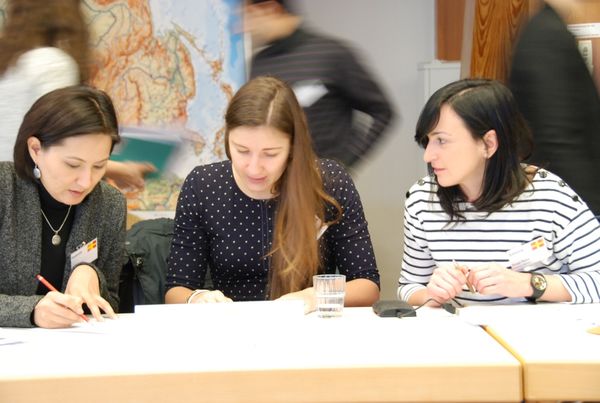
Federal Agency For Nature Conservation Website – Klaus Toepfer Fellowship Programme. Photo: T. Garsteck
The objective of the programme is to strengthen organisations within the nature conservation sector in Central and Eastern Europe, the Caucasus and Central Asia, by developing the personal capacity of emerging conservation professionals. Overcome the global biodiversity loss and take the role as future leaders in Nature Conservation are the main objectives of this programme.
The programme 2020-2021 will start in spring 2020 and is extra-occupational, combines learning on international best conservation practice and policy with management training, network development and a transfer project.
Over a period of 18 months, four training modules are conducted at the International Academy for Nature Conservation on the Isle of Vilm in English language. Each module includes eight days of on-site training and a two-day excursion to leading nature conservation institutions and sites based in Germany. The modules combine management and leadership training with joint learning on key conservation topics such as:
- Module 1 “Informing Conservation”
- Module 2 “Conservation Management in a Spatial Context”
- Module 3 “Conservation Economics and Financing”
- Module 4 “Conservation Governance and Policy”
The application period for the 2020-2021 cycle of the Klaus Toepfer Fellowship Programme is now open. Application deadline is 10 October, 2019.
You can apply now!
Requirements
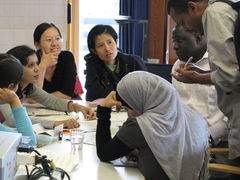
Federal Agency For Nature Conservation Website – Klaus Toepfer Fellowship Programme
The Klaus Toepfer Fellowship Programme targets early-career conservation professionals currently working in the natural resource sector (government, NGOs, Academia or similar), fluent in English and with at least three years of professional experience, and preferably are not older than 35 years.
Potential participants have the support of their home organizations to attend the course and are committed to play a central role in nature conservation in their home countries: Albania, Armenia, Azerbaijan, Belarus, Bosnia and Herzegovina, Bulgaria, Croatia, Czech Republic, Estonia, Georgia, Hungary, Iran, Jordan, Kazakhstan, Kosovo, Kyrgyzstan, Latvia, Lithuania, Northern Macedonia, Moldova, Mongolia, Montenegro, Poland, Romania, Russia, Serbia, Slovakia, Slovenia, Tajikistan, Turkey, Turkmenistan, Ukraine and Uzbekistan.
The International Union for Conservation of Nature (IUCN), the Secretariat of the Convention on Biological Diversity (SCBD), the Secretariat of the Convention on the Conservation of Migratory Species of Wild Animals (CMS), and the UNEP World Conservation Monitoring Center (UNEP-WCMC) support the Klaus Toepfer Fellowship programme.
Celebrating 70 years since the creation of UK National Parks’ Principles
The Northumberland National Park is running a temporary exhibition until October 2019, to celebrate the creation of the UK National Parks’ Principles, 70 years ago.
“Yours since 1949”: the UK National Parks’ Principles
In 1949, the UK’s Government passed an Act of Parliament to establish National Parks to preserve an enhance their natural beauty and provide recreational opportunities for the public. The “National Parks and Access to the Countryside Act” became a landmark, coming out of a public desire, that resulted in the establishment of the first 4 National Parks in 1951 (scroll down to find out which are the UK’s 15 National Parks).
Northumberland National Park launches a special exhibition at The Sill
The exhibition will take visitors into an amazing journey throughout time, to learn about the Campaign for National Parks and how it has influenced the creation of the UK’s first parks in 1951. An interactive experience sprinkled with holograms, digital story maps, and a virtual reality flight through the sky of the Northumberland National Park. For the younger guests, there are some experiential activities including fancy dress, soft shapes and light play.
“Yours since 1949” does not only remind us of the founding principles of UK’s National Parks’, it looks at the present and the importance in our current lives and reflects on the future of National Parks.
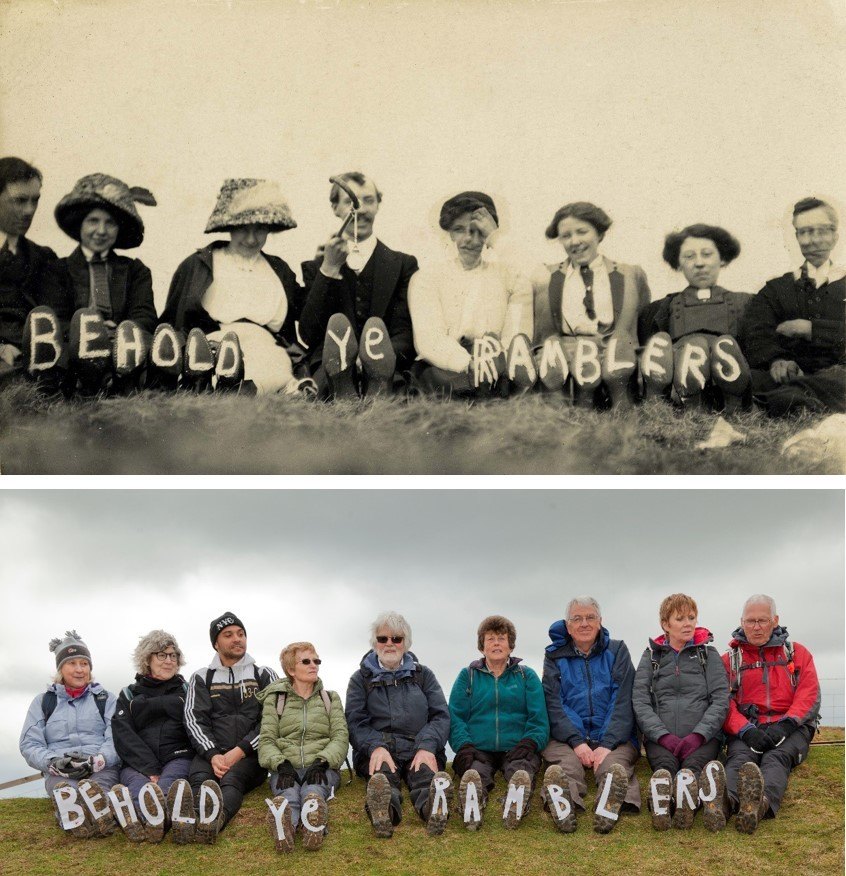
Ramblers – The Sill. National Landscape Discovery Centre
Until October 2019, you can visit the exhibition at The Sill, the first National Landscape Discovery Centre in the UK that lies in the heart of the Northumberland National Park. The Sill is also home to fixed exhibitions and has multiple spaced to host events, apart from a local food café, a Youth Hostel, a rural business hub, and a shop specialising in local crafts and produce.
Uk’s National Parks
- 1951: Peak District | Lake District | Snowdonia | Dartmoor
- 1952: Pembrokeshire Coast | North York Moors
- 1954: Yorkshire Dales | Exmoor
- 1956: Northumberland
- 1957: Brecon Beacons
- 1989: The Broads (equivalent status to a national park)
- 2002: Loch Lomond & The Trossachs
- 2003: Cairngorms
- 2005: New Forest
- 2010: South Downs
Our national Parks give so much to the nation and we should never take them for granted
-Said Tony Gates, chief executive at Northumberland National Park Authority.
